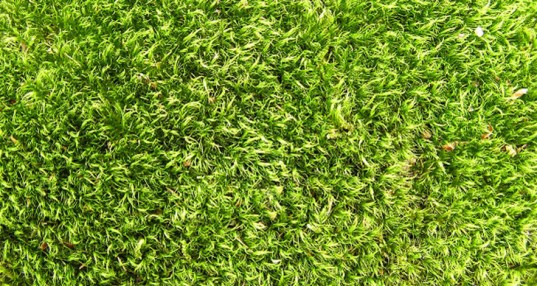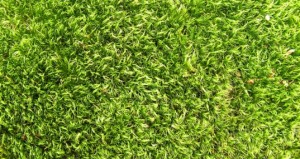What if generating solar energy at home required little more than mixing some grass clippings with inexpensive chemicals? That’s exactly what MIT researcher Andreas Mershinhas found to be the case. The scientist says creating a solar cell could be as easy as mixing any green organic material (grass clippings, agricultural waste) with a bag of custom chemicals and painting the mixture on a roof. Once the efficiency of Mershin’s system is improved, this type of solar technology could make cheap energy available in rural places and developing countries where people don’t have access to affordable energy. Read on to see a video of Mershin’s findings

Here at Inhabitat, we’ve been following biophotovoltaics — devices that generate energy from photosynthesis — and although the possibilities are limitless, most of the existing technology is very expensive and a long way from reaching the market. In a study published in Scientific Reports, Mershin and his fellow researchers have come up with a process to “hijack” the PS-I molecules that are responsible for photosynthesis. As Mershin explains in this video, in order to get these molecules to work for us, we must extract the protein that’s at the center of photosynthesis and stabilize it so that it continues to live and operate in a solar panel.
Mershin and his team developed an intricate nanostructure of titanium dioxide supported by nanowires, which carry a flow of current. The system is able to convert just 0.1 percent of sun energy to electricity — over four orders of magnitude better than previous biophotovoltaic systems — but that percentage will need to be improved upon further before the technology can be useful. The breakthrough “carries the promise of inexpensive and environmentally friendly solar power,” according to the study, and Mershin hopes that within a few years someone in a remote village will be able to take some grass clippings, mix them with some chemicals, and paint them on the roof to produce power.

 Follow
Follow